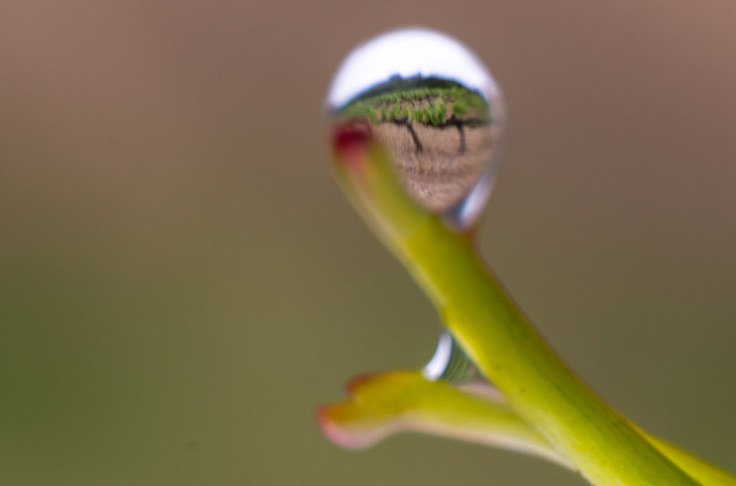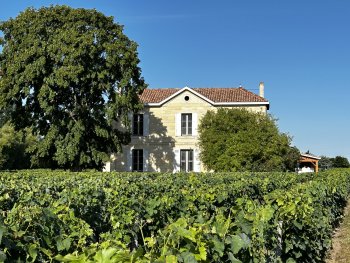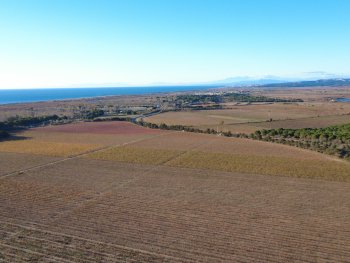How diluting winemaking aids, and legal requirements, is both necessary and challenging

he issue here is not about diluting wine, but rather adding water to must and wines to dissolve powders and crystals used as food additives and technological aids during the winemaking process. The topic is complex, and a hot potato, as the International Organisation of Vine and Wine (OIV) demonstrated in a recent report. The intergovernmental organisation stressed that “lack of knowledge and transparency on the amount of water added for winemaking purposes actually poses a problem of legal insecurity for firms in international transactions”.
Questioned about this regulatory void in 2019 by the World Trade Organisation (WTO), OIV set up a working group to clarify the recommended practices and possible measures. This is because “some countries ask for certificates of non-addition of water in imported wines”, said Professor Monika Christmann, rapporteur of the working group, during expert hearings.
Many winemakers may fear that the thinking is literally going down the drain, but there is no denying that according to the OIV's review of the regulatory situation, control over adding water during winemaking ranges from a vague definition (the European Union stipulates that “all authorised winemaking practices exclude the addition of water, except in the case of specific technical requirements”, but states in the trade agreement with the United States that the addition of water is limited to 7% of total volume) to precise figures, but which differ from one country to another (“two gallons of water for one pound of yeast” in the United States, maximum dilution of 2.8% in Argentina, 5% in Chile, 7% in Australia ).
This regulatory quagmire has prompted OIV to suggest carrying out research to reach standardised recommendations on the volumes of water that can be used to dissolve winemaking products in wines and must during the winemaking process.






